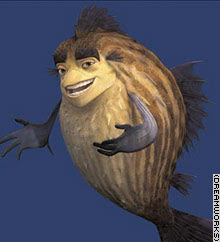Filmmaker Magazine/What I Meant to Say
The criteria for mumblecore film are improvised dialouge, naturalistic performances (non-actors), handheld, cinema-verite digital camerawork, long takes. Plots often hinge on everyday events and the films obviously reflect on the filmakers' lives.
3. What have been the most common charges against mumblecore?
That the films are too intensely personal and pretentious.
4. How has the internet affected the DIY distribution of mumblecore films?
The internet has allowed the mumblecore filmmakers to operate without professional distributers; instead of selling the DVD rights for a flat rate, they can sell them through a website.
S.T. VanAirsdale “Mumblecore Inc.”
6. IFC Films picked up Hannah Takes the Stairs for “day-and-date” distribution. What does this mean?
"Day-and-Date" distribution means that Hannah Takes the Stairs will open the IFC center series on June 29, and that the film would be available for download on IFC on Demand.
Amy Taubin, “All Talk?”
9. What are Taubin’s main objections to the work of Joe Swanberg.
Taubin objects to Swanberg's seeming disconnect with the world out large, outside the world of "my life and my friends' lives." She declares his films as smug and blatently lazy, and that his greatest talent is in convincing seemingly intelligent women to strip for his films.









